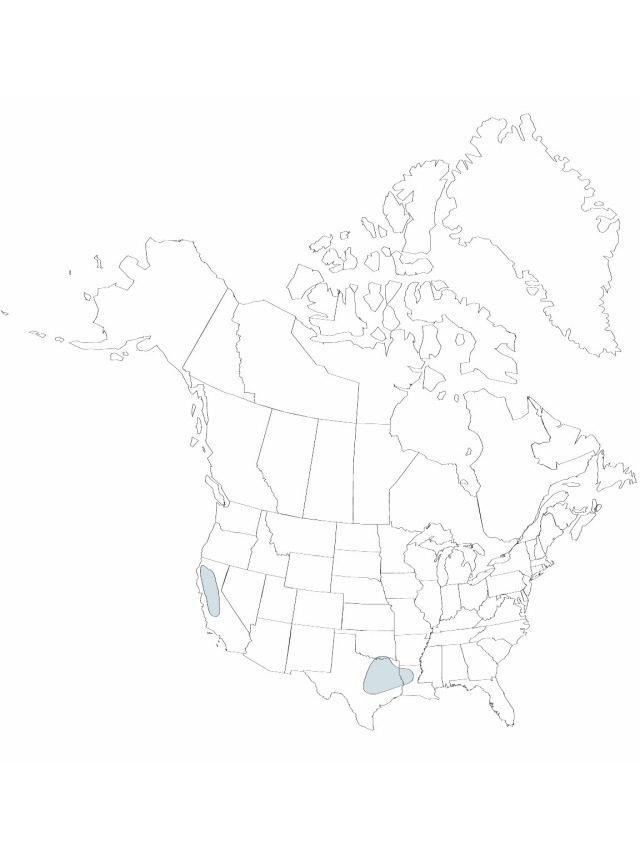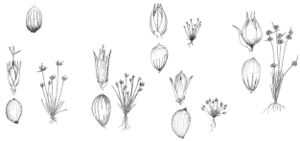Difference between revisions of "Juncus capitatus"
Observ. Bot. 28. 1772.
IntroducedIllustrated
Treatment appears in FNA Volume 22.
FNA>Volume Importer |
imported>Volume Importer |
||
| (One intermediate revision by the same user not shown) | |||
| Line 6: | Line 6: | ||
|place=28. 1772 | |place=28. 1772 | ||
|year=1772 | |year=1772 | ||
| + | }} | ||
| + | |special_status={{Treatment/ID/Special_status | ||
| + | |code=I | ||
| + | |label=Introduced | ||
| + | }}{{Treatment/ID/Special_status | ||
| + | |code=F | ||
| + | |label=Illustrated | ||
}} | }} | ||
|basionyms= | |basionyms= | ||
| Line 23: | Line 30: | ||
|elevation=below 1000 m | |elevation=below 1000 m | ||
|distribution=Calif.;La.;Okla.;Tex.;native;Africa (north);Europe;Asia (Near East). | |distribution=Calif.;La.;Okla.;Tex.;native;Africa (north);Europe;Asia (Near East). | ||
| + | |introduced=true | ||
|tables= | |tables= | ||
|references= | |references= | ||
| Line 45: | Line 53: | ||
|publication title=Observ. Bot. | |publication title=Observ. Bot. | ||
|publication year=1772 | |publication year=1772 | ||
| − | |special status= | + | |special status=Introduced;Illustrated |
| − | |source xml=https:// | + | |source xml=https://bitbucket.org/aafc-mbb/fna-data-curation/src/2e0870ddd59836b60bcf96646a41e87ea5a5943a/coarse_grained_fna_xml/V22/V22_358.xml |
|genus=Juncus | |genus=Juncus | ||
|subgenus=Juncus subg. Graminifolii | |subgenus=Juncus subg. Graminifolii | ||
Latest revision as of 20:30, 5 November 2020
Herbs, annual, cespitose, 0.3–1 dm. Culms to 20. Leaves basal; auricles absent; blade 0.5–2.5 cm × 0.5 mm. Inflorescences: glomerules 1–2, each with 2–10(–14) flowers; bracts subtending inflorescence 1(–2), foliose, clearly surpassing inflorescence. Flowers: tepals 6, tan to brownish, subulate, lanceolate-ovate, 3.5–4.5(–5) mm, 2 times length of inner tepals, margins scarious; inner series delicate, shorter, apex acute; stamens 3, filaments 1 mm, anthers 0.5 mm; style 0.4–0.7 mm. Capsules tan to reddish brown, 3-locular, globose to obovoid, 1.2–1.7 mm, shorter than tepals. Seeds ellipsoid-ovoid, 0.3–0.4 mm. 2n = 18.
Phenology: Flowering and fruiting spring.
Habitat: Moist to wet areas, usually in sandy, often disturbed soil such as roadsides or along trails
Elevation: below 1000 m
Distribution

Introduced; Calif., La., Okla., Tex., native, Africa (north), Europe, Asia (Near East).
Discussion
Selected References
None.
Lower Taxa
None.
